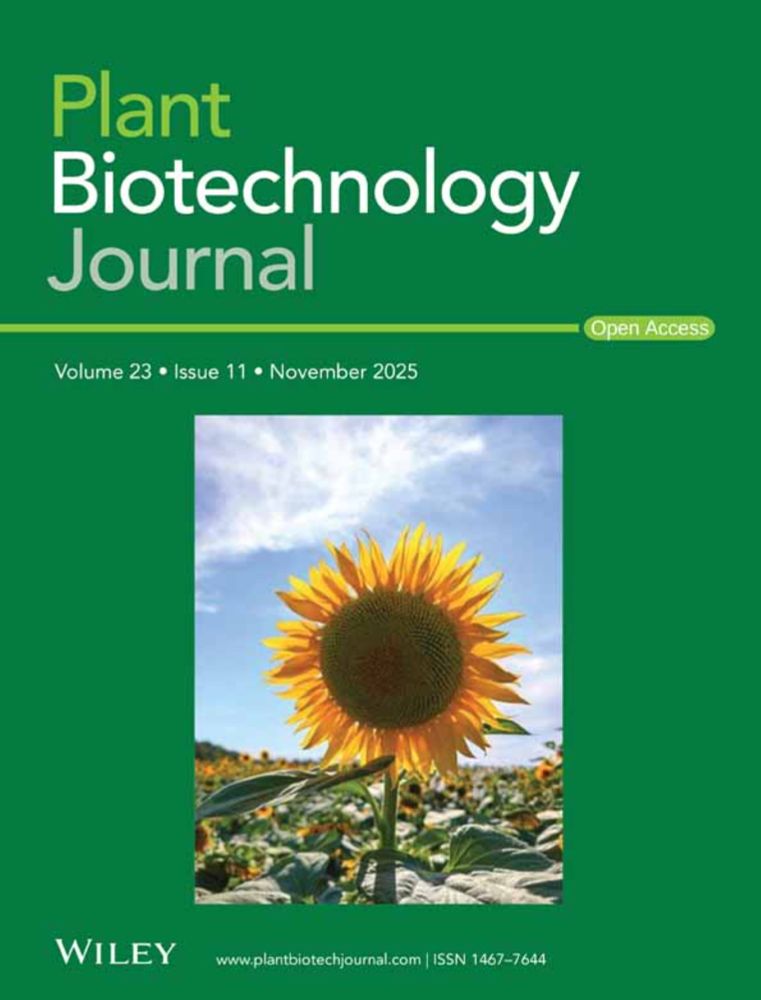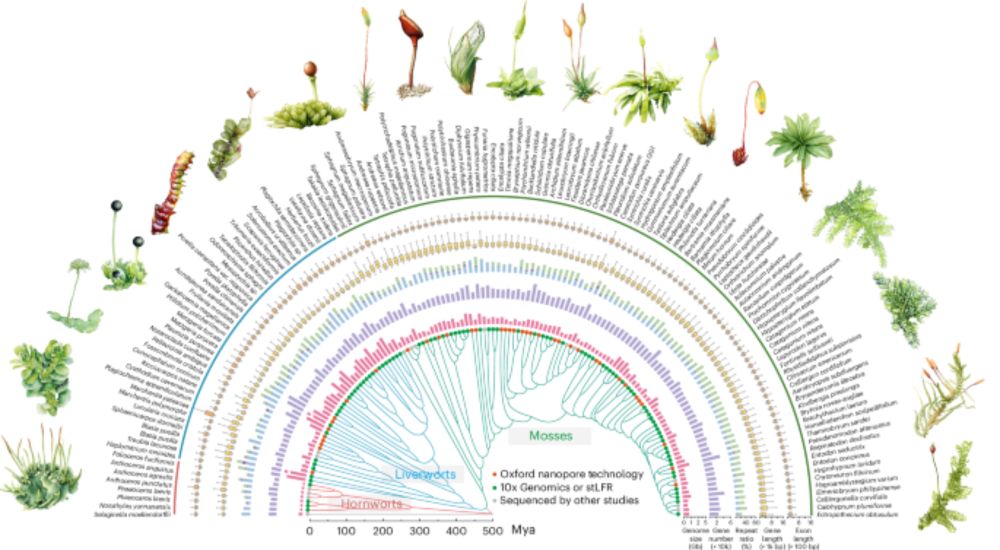
www.plantsuccess.org

www.youtube.com/watch?v=2se1...
doi.org/10.1007/s112...

doi.org/10.1007/s112...



doi.org/10.48550/arX...
doi.org/10.48550/arX...

#RNAi #GeneSilencing
doi.org/10.1111/pbi....

#RNAi #GeneSilencing
doi.org/10.1111/pbi....
#GenomicDiversity #Demography
doi.org/10.1111/mec....

#GenomicDiversity #Demography
doi.org/10.1111/mec....
👀 Read it here: bit.ly/PS-newslette...
📨 Subscribe here: bit.ly/PS-News-Subs...

👀 Read it here: bit.ly/PS-newslette...
📨 Subscribe here: bit.ly/PS-News-Subs...
🗓️ 18 November
🕒 5-6am (AEST) / 6-7am (AEDT)
🔗 bit.ly/PPL-RCDJ

🗓️ 18 November
🕒 5-6am (AEST) / 6-7am (AEDT)
🔗 bit.ly/PPL-RCDJ
#FlowCytometry
doi.org/10.3389/fpls...

#FlowCytometry
doi.org/10.3389/fpls...
doi.org/10.1002/tpg2...
#GxExM

doi.org/10.1002/tpg2...
#GxExM
doi.org/10.48550/arX...
doi.org/10.48550/arX...
Strigolactones exhibit a dual action by repressing tillering to indirectly promote barley grain size, while directly repressing grain size later during reproduction - Kelly et al.
🔗 doi.org/10.1093/jxb/...
#PlantScience 🧪 @coeplantsuccess.bsky.social

Strigolactones exhibit a dual action by repressing tillering to indirectly promote barley grain size, while directly repressing grain size later during reproduction - Kelly et al.
🔗 doi.org/10.1093/jxb/...
#PlantScience 🧪 @coeplantsuccess.bsky.social
doi.org/10.1038/s415...
#evolution #pangenome

doi.org/10.1038/s415...
#evolution #pangenome
doi.org/10.1111/pbi....

doi.org/10.1111/pbi....
doi.org/10.1093/bjd/...
doi.org/10.1093/bjd/...
www.youtube.com/watch?v=YpI6...

www.youtube.com/watch?v=YpI6...
doi.org/10.1111/tpj....

doi.org/10.1111/tpj....
🗓️ 28 October
🕒 5-6pm (AEST) / 6-7pm (AEDT)
🔗 bit.ly/PPL-SC
#webinar

🗓️ 28 October
🕒 5-6pm (AEST) / 6-7pm (AEDT)
🔗 bit.ly/PPL-SC
#webinar
doi.org/10.1093/gbe/...
#Phylogenomics

doi.org/10.1093/gbe/...
#Phylogenomics
doi.org/10.1111/mec....

doi.org/10.1111/mec....
doi.org/10.1101/2025...

doi.org/10.1101/2025...
👀 Read it here: bit.ly/PS-newslette...
📨 Subscribe here: bit.ly/PS-News-Subs...

👀 Read it here: bit.ly/PS-newslette...
📨 Subscribe here: bit.ly/PS-News-Subs...
#PlantScience
#PlantScience
#LinearAlgebra #Geometry
doi.org/10.1007/s106...

#LinearAlgebra #Geometry
doi.org/10.1007/s106...
⚠️ Don’t leave it to last minute – the application takes some work:
📄 CV
📝 Cover letter
🔍 Commentary (Insight style, max 1500 words, based on a JXB paper ≥ July 2024)
Apply now: bit.ly/jxbinterns
JXB is now inviting applications for its 2026 Editorial Internships 🌱✍️ 🧪
✨ You’ll gain:
🌿 Behind-the-scenes publishing experience
📝 Write commentary pieces
🤝 Join our 2026 Editorial Board meeting 👩💻
🗓️ Deadline: 30 Sept
👉 bit.ly/jxbinterns @sebiology.bsky.social
⚠️ Don’t leave it to last minute – the application takes some work:
📄 CV
📝 Cover letter
🔍 Commentary (Insight style, max 1500 words, based on a JXB paper ≥ July 2024)
Apply now: bit.ly/jxbinterns

